2008 | Panorama
Formal Clarity – Powerful Subject Matter
Wieland Speck, head of the Panorama section, looking at this year’s film selection, emphasises a return to classical narrative forms and genres. “That is by no means the same thing as tame subject matter. Just the opposite is the case. Through a clarity of form, the subject matter gains in strength.” In this sense, the programme showed a strong thematic orientation towards contemporary socio-political issues, which were addressed in both documentaries and artistic films. The issues of diversity and how to approach diversity which have had a long tradition in Panorama again played a prominent role in 2008 and gave audiences diverse perspectives on problems that are a permanent fixture in the daily lives of many.
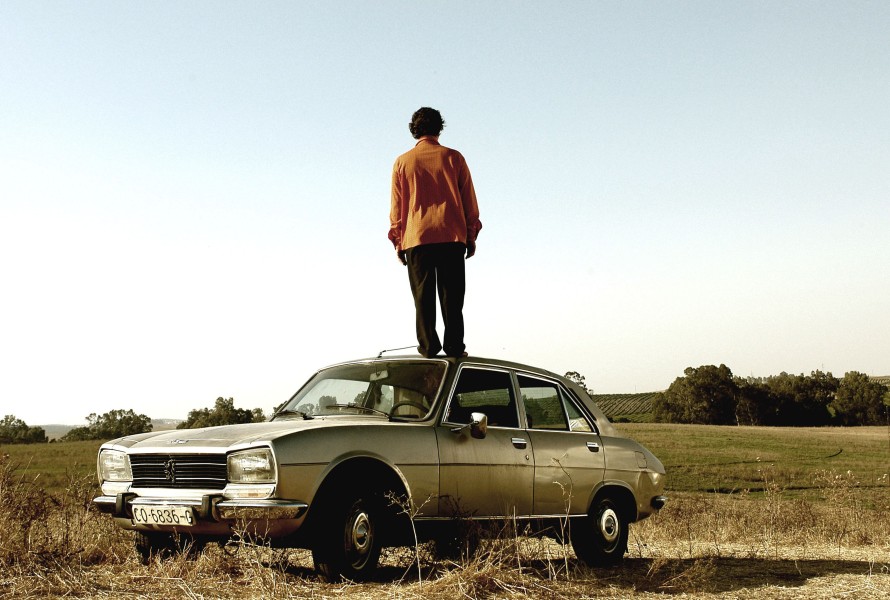
3 días von F. Javier Gutiérrez
On the one hand, filmgoers sometimes complain these days that too few films run for too short a time in the cinema. On the other hand, it’s becoming more and more difficult for distributors and cinema operators to select films. Does Panorama see itself as orientation and barometer for current trends?
Yes. You could put it this way: “People, concentrate on this programme and you’ll have good films in the cinema well into the summer” (laughs).
What trends stand out this year?
One very audience-friendly trend is the tendency towards clear structures and narratives. We’re seeing a kind of return to genre, classical narratives and atmospheric storytelling that gets by without much dialogue. These are the three formal elements that stand this year and which I find very positive.
How can one explain the resurgence of classical forms and genres? Does the fact that hard-to-digest arthouse and auteur films are having a harder time surviving amidst the massive choice on the market perhaps play a role?
I think that the zeitgeist is getting slowly a bit tired from being overwhelmed by – expressed negatively – arbitrariness, or – expressed positively – diverse innovation on all levels. Genre structure offers a framework within which one can move freely. It defines what is required by a narrative, from the script to the camera work and editing. Within this (formal) framework, subject matter can be addressed in an individual style which is still accessible to everyone.
Can you give us a few examples?
Absolutely. Let’s start with the films that I would like to file under the “classical” approach. We again have a trend of films that are strict about showing only that which must be seen and is really relevant to the story. Today we have to deal with three times the number of films we had 10 years ago. So, as a viewer, you’re happy with a director who gives you the feeling he can be trusted, because he shows everything in a focused, purist, effective crystalline form. That’s what I treasure about these films. For example, Götz Spielmann’s Revanche, a drama set in Austria which partially resembles a “homeland” film – in the sense of being a grand drama. The Italian entry Sonetàula is effectively also a “homeland” drama, but takes place on Sardinia, yet it tells its story classically, like Revanche.
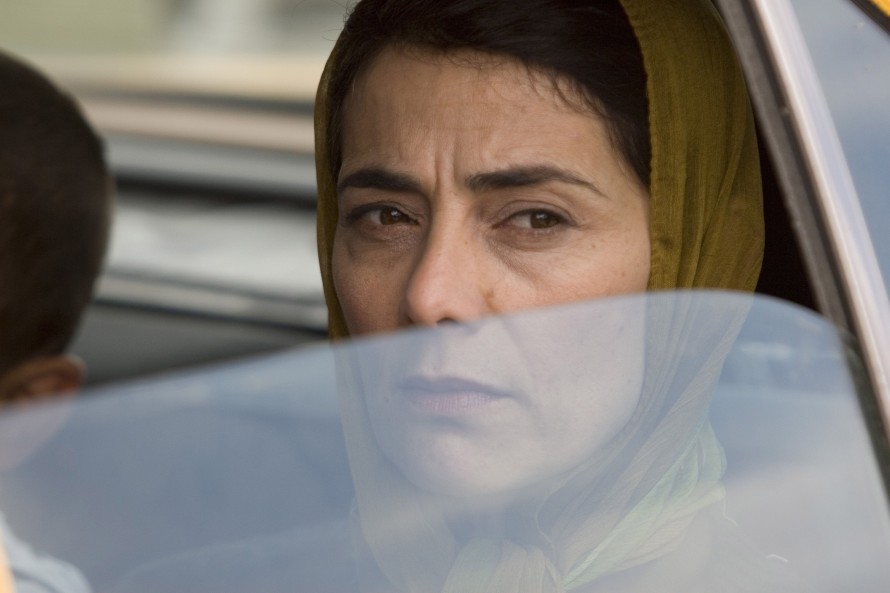
Hiam Abbass in Lemon Tree
Classical forms and genre cinema
So, the return to simple, classical, calm forms doesn’t mean a trend towards to calm, shallow subjects?
No, just the opposite. The subject matter gains strength from the formal clarity – at least that’s how it is in the films we’re presenting. You see that in the Israeli film Lemon Tree, for example. Hiam Abbass, who sat on the Competition jury last year, plays a Palestinian woman whose lemon grove directly borders the lawn of a villa belonging to the Israeli defence minister. Her lemons suddenly become a security risk and she has to fight so that the land she has inherited isn’t taken away because of this new situation. The whole thing is told very classically in the form of a Greek tragedy.
After the first big trend of “form”, the second one would be “genre” and the third could be called “magical realism”, although here the boundaries are of course very fluid.
This year you find genres in all shapes and sizes. For example, Transsiberian by Brad Andersen is an example of a thriller with a horror factor. Another film from Spain (Brad Andersen works from there), is 3 Días by F. Javier Gutiérrez. It’s a debut film produced by Antonia Banderas, who has set up a kind of unofficial film school and supports young filmmakers in his native Andalusia. 3 Días is a razor-sharp, terrifying film about a science fiction scenario in which the earth is destroyed by a giant meteorite in three days.
That’s one of those fantasies many of us might have imagined as kids. It must be hard to make such a film.
F. Javier Gutiérrez was clever to set his film in the 80s and not in the present or future. So it’s not about whether “it could happen”. We know that it didn’t happen. And the whole thing is made with such an attention to detail and is so stylistically confident, that it’s a pleasure to watch just for those reasons.
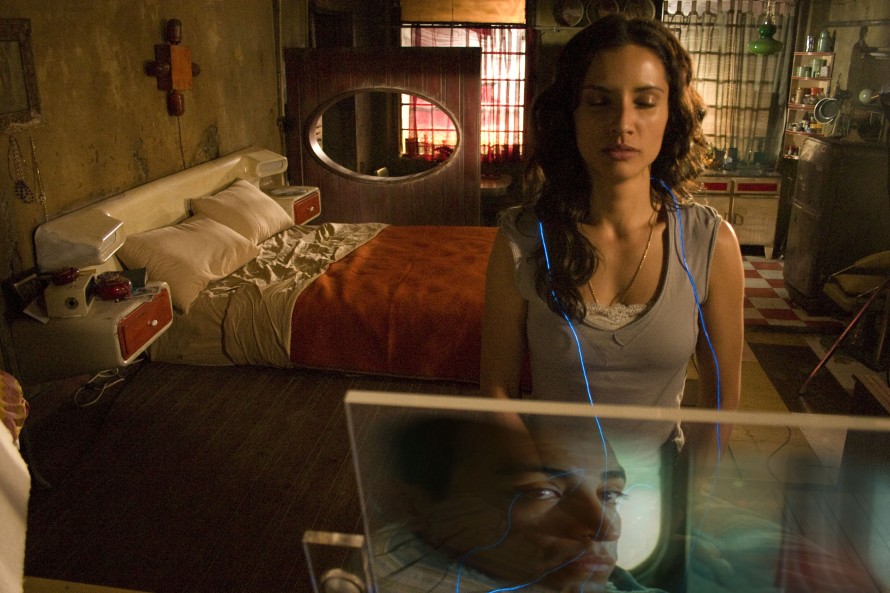
Leonor Varela in Alex Rivera's Sleep Dealer
The fantasy genre is particularly well-represented this year. While you have various types, like science fiction, zombie, mystery or doomsday fantasies, all in all, one sees a tendency towards bleakness and pessimism. Where do the possible causes for this lie?
I don’t know, I wouldn’t call it pessimism, but in some way these films have a new agreeableness. Besides that, the settings have eligibility and topicality – also in a political sense. One of this year’s thematic focal points, alongside the formal tendencies, is the favela and the favela-isation of the entire world including the so-called First World – addressing the current debate about the “fear of social decline”. That is a political theme in itself, especially because similar problems are found in very different parts of the world. This year it can be found throughout the festival, regardless of section – with Tropa de elite in the Competition, City of Men in Generation and Tribu in the Forum – and it comes up in very different forms and genres.
In Panorama, we have, for example, Sleep Dealer, a science fiction film set in the present day, even if it’s really the near future. The film takes place in Mexico and tells the story of a boy who eavesdrops on the US security services with a homemade device. Of course he is soon discovered by the Americans, then threatened and attacked. The film portrays the beginning of a crazy, frightening world, but I don’t want to give too much away. In any case, these are highly explosive, political themes housed within a genre framework.
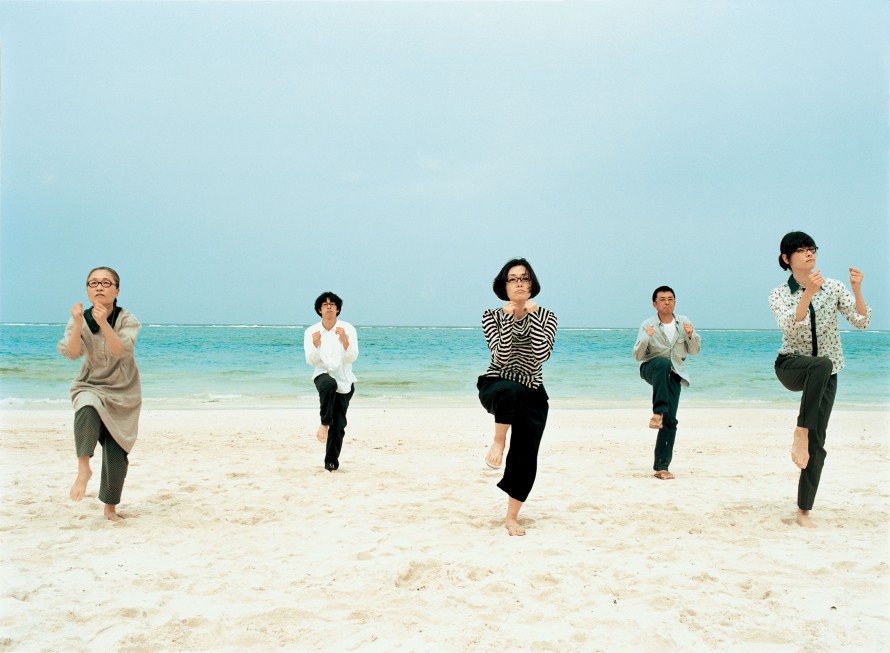
Megane by Naoko Ogigami
The magic of reality
So on the one side we also have quasi “real” fantasy elements, while on the other side, we have something one could call “magical realism”. This means that the films somehow work with fantastical impressions and processes, but in a totally different way, through more restrained, atmospheric narration and an intense visual sense.
Does that mean the magic is achieved through form?
Yes, but less with special effects, and rather through simple means, that are just as effective. The stories in these films are told out of the experience and world view of the protagonists – in most cases the main characters are actually women. One can see a calmer visual language and speech dramaturgy and can feel that a lot of importance is placed on the creation of mood and atmosphere. In this sense a totally unique quality rises to the surface. Interestingly, most of these films are made by women, who made a third of the feature films this year, which is a very high proportion. Even though one should really think that 50% would be normal, but that’s never the case.
Apart from in Perspektive, where most of the films were made by women.
Oh yeah? That’s good. We’re always happy when that number is high and a third is already pretty good.
The opening film of the main programme is the Russian movie Rusalka directed by Anna Melikian. Similar, in terms of execution, is, for example, Megane from Japan. This film is about a teacher who travels from the city to a southern Japanese island for a holiday and discovers a piece of herself. The images are restricted mostly to pastille colours, everything feels a bit magical and flows so easily, against the backdrop of the stress of modern life.
Another film made in this style is Piao Lang Qing Chun by Zero Chou from Taiwan. Here many small stories surrounding the character of a blind nightclub singer and her sister are told. It’s a very enchanting style, which is also typical Taiwanese. We get similar impressions from other Taiwanese directors. Zero Chou takes an approach similar to that of Spider Lilies, which won her the Teddy Award last year. Maré, nossa historia de amor can also be seen in this context, but the film also addresses the big theme of favelas.
Portraits and pioneers
Documentaries are well represented in Panorama and have for some time now been getting more and more access to commercial cinemas. Is there a continuation of the trend towards biographical films and portraits that we’ve in recent years?
Yes, it is continuing and I find it interesting that the selected films build upon the work of the artist, so they are not so much bio-pics, per se. Portrait films – especially about artists – don’t usually interest me, because I find that the artwork should speak for itself.
Julian Shaw was 15 years old when he first experienced the performer Pieter-Dirk Uys and now he has made a film about him, Darling! The Pieter-Dirk Uys Story. On stage, Pieter-Dirk Uys works with a character called Evita Bezuidenhout, which is an Afrikaner name. In South Africa he enters the most far-flung townships and talks to people about Apartheid and AIDS – while the Apartheid government is still in power. He is a close friend of Nelson Mandela, Bishop Tutu and other great figures who overthrew Apartheid at the time. The film gives a very clear impression of the multi-faceted nature of his work. Darling! is being shown in tandem with The Glow Of White Women, a South African film that also pairs the gender aspect with the racism aspect, in a very interesting, experimental form. It’s a great example of independent filmmaking.
I anyway had the feeling that through gender-related or gay and lesbian films that many societal discrepancies are revealed. Is that the case?
Definitely. Even if it’s not about homosexuality, aspects of queerness always play a certain role if it’s about being different or exclusion. The concept of queer is an umbrella term that covers everything that doesn’t appear seamlessly dualistic.
This is also apparent among this year’s documentaries and not only in our section. For example, A Jihad for Love, the opener of our documentary series, is by no means the only film at the festival which tackles the confrontation between the Islamic world and the issue of homosexuality.
Are you referring to Be Like Others in the Forum which addresses transsexuality in Iran?
For example. In 2002, we had a documentary about a transsexual in Iran, Just une femme by Mitra Farhani. That was one of the first documents about this subject and it was awarded the Teddy. The film this year takes a deeper look at the subject.
These problems don’t only exist in Islamic countries, but basically everywhere – notably in strongly Catholic Mediterranean societies. Homosexuality is not accepted, but if you go through a sex change and can then be definitively categorised as belonging to the other gender, the requirements for dualism are fulfilled. As so it happens that one sees a relative high number of transsexuals in red light districts, many of whom are actually “only” gays.
Does A Jihad For Love also convey the conditions under which the film had to be shot?
Yes, it’s all in there. The film introduces the viewer to many different perspectives and insights. The producer, Sandi Simcha Dubowski, also made Trembling Before G-D, which for the first time confronted Orthodox Judaism with the same topic and received a Teddy in 2001.
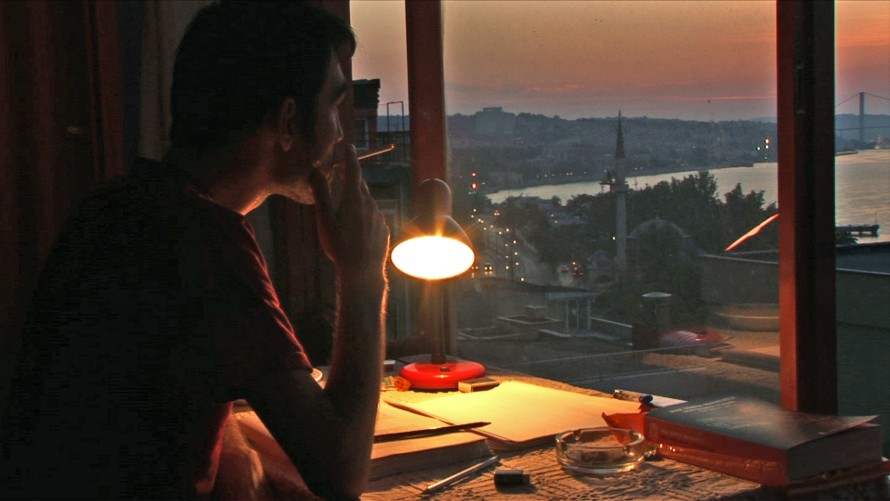
Döndü Kilic's The Other Istanbul
Breaking down dominant dualisms
There is also a German film about the subject, Das andere Istanbul by Döndü Kilic, a young director from the DFFB. The filmmaker accompanies a gay activist in Istanbul, who goes to the country to visit his family, who have learned to accept his homosexuality in a positive way. And so the film makes clear that you also have a lot of tolerance and acceptance in countries dominated by Islam, just as here in Europe one finds strong, often hateful and intolerant reactions. That helps break down the dualism.
The differences between different religions are even less obvious if you look at the entire series of films. EAST/WEST - Sex & Politics by Jochen Hick, who has often participated in the Panorama, take us to Moscow to the Russian Orthodox Christians, while Improvvisamente l'inverno scorso takes us to the Catholics in Rome. Here the journalist couple Gustav Hofer and Luca Ragazzi look at the problem that Roman politicians, especially the Christian Democrats, are working feverously against the European directive on same-sex partnerships. The filmmakers go on the streets, visit politicians, and also attend right-wing demonstrations – always appearing on location as a visible couple.
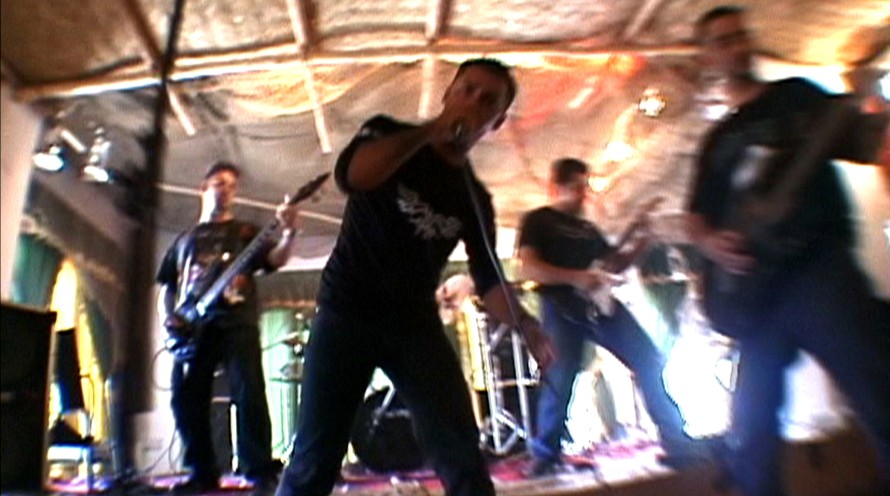
Heavy Metal In Baghdad by Eddy Moretti and Suroosh Alvi
And the presence of the camera creates a protective space?
Without the camera they would have surely been subject to a vicious physical attack. So, physically at least, they survived relatively unscathed, but if you allow yourself to be subjected to the most primitive insults over a longer period of time, and are denied your existence, then you definitely go away from it with a very different, yet no less harsh type of damage.
The theme of “music” has an even stronger presence in this year’s Panorama programme than in the other sections, even if the films go in very different directions (Heavy Metal In Baghdad, hip hop in Bananaz, Patti Smith, Arthur Russell, tango in Café de los Maestros). Is there a simple explanation for this?
Alongside gay and lesbian film, music is a permanent theme of our programme. There are always more and more music films. This year, however, it’s strong throughout the festival, also because of the opening Competition film.
Music, like film, addresses things that are hard to put a finger on, but that are very appealing to people. Does that play a role?
There is surely something to that, but I think that there are many factors that play a role here. First and foremost, Heavy Metal in Baghdad conveys a different image of Iraq and Islam, that doesn’t fit in with the usual clichés. In the case of Wild Combination: A Portrait of Arthur Russell it’s mostly his life and the fact that he has been dead for a long time, and that his music continues to inspire people and is itself still alive. Music always tells us about contemporary history and that is also a strong motif in all of the films.